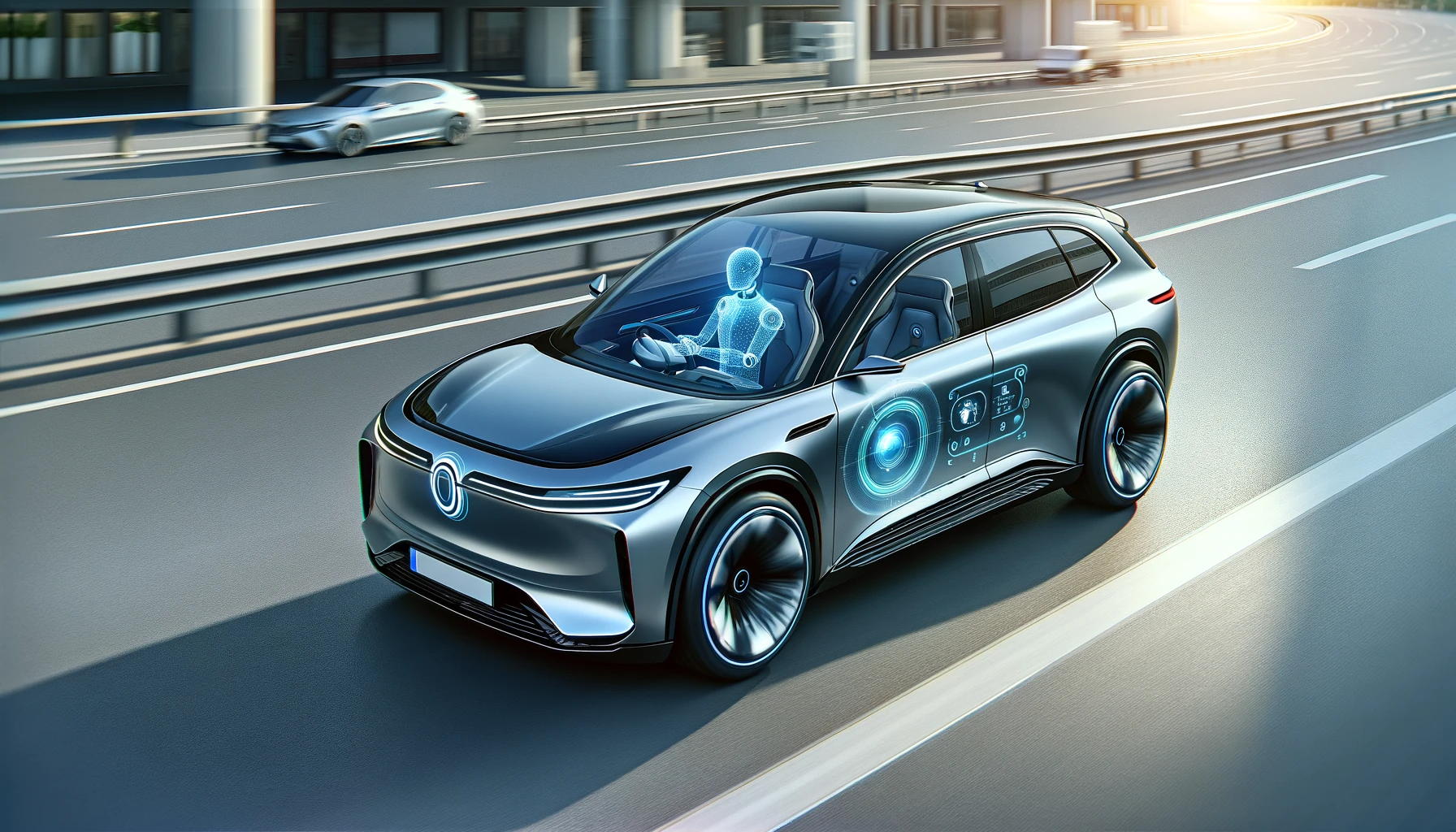On Auto-Pilot: Exploring the Future of Autonomous Vehicles
The concept of autonomous vehicles (AVs) has long fascinated mankind, conjuring images of futuristic cities where cars navigate seamlessly without human intervention. Today, this vision is closer to reality than ever before. As we stand on the brink of a transportation revolution, let’s delve into the world of autonomous vehicles, exploring their potential impact, challenges, and what the future may hold.
Contents
Understanding Autonomous Vehicles
Autonomous vehicles, also known as self-driving or driverless cars, are vehicles capable of sensing their environment and moving safely with little or no human input. They combine a variety of sensors to perceive their surroundings, such as radar, lidar, sonar, GPS, and computer vision.
Levels of Autonomy
The Society of Automotive Engineers (SAE) defines five levels of autonomy:
- Level 0: No Automation. The driver performs all driving tasks.
- Level 1: Driver Assistance. The vehicle can control either steering or acceleration/deceleration.
- Level 2: Partial Automation. The vehicle controls both steering and acceleration/deceleration.
- Level 3: Conditional Automation. The vehicle can perform all driving tasks under certain conditions.
- Level 4: High Automation. The vehicle can perform all driving tasks in specific environments.
- Level 5: Full Automation. No human intervention is required at any time.
The Current State of Autonomous Vehicles
As of now, most available autonomous technology falls between Levels 2 and 3. Companies like Tesla, Waymo, and Cruise are at the forefront, conducting extensive testing and gradually releasing more advanced features. However, we are yet to see fully autonomous Level 5 vehicles in everyday use.
Potential Impact of Autonomous Vehicles
The full implementation of AVs could revolutionize our lives in several ways:
- Safety: Human error accounts for a significant percentage of road accidents. Autonomous vehicles, with their advanced sensors and AI algorithms, could drastically reduce these incidents.
- Efficiency: AVs can optimize route selection, reduce traffic congestion, and lower fuel consumption.
- Accessibility: Elderly and disabled individuals who are unable to drive could gain new independence.
- Environmental Impact: With the potential integration of electric powertrains, AVs could significantly reduce carbon emissions.
Challenges Facing Autonomous Vehicles
While the future looks promising, several hurdles must be overcome:
- Technological Barriers: Developing technology that can safely navigate the myriad of scenarios encountered on roads is immensely challenging.
- Regulatory Hurdles: Governments worldwide are grappling with how to regulate these vehicles to ensure safety without stifling innovation.
- Public Acceptance: Surveys show that many people are still skeptical about the safety of self-driving cars.
- Ethical Considerations: Autonomous vehicles will need to be programmed to make decisions in scenarios where there is a risk of accidents, raising complex ethical questions.
Economic and Social Implications
The widespread adoption of autonomous vehicles will have profound economic and social implications:
- Job Impacts: AVs could disrupt industries like trucking and taxi services, potentially leading to job losses.
- Urban Planning: Reduced need for parking spaces could lead to significant changes in urban landscapes.
- Insurance and Liability: The shift in responsibility from driver to vehicle will change the nature of auto insurance and liability laws.
The Road Ahead
Looking forward, several developments are likely to shape the future of autonomous vehicles:
- Advancements in AI and Machine Learning: Continuous improvements in AI will enhance the decision-making capabilities of AVs.
- Better Sensor Technology: Improvements in sensor technology will allow vehicles to better understand and react to their environment.
- 5G and Vehicle-to-Everything (V2X) Communication: The rollout of 5G and V2X communication will enable vehicles to communicate with each other and with road infrastructure, further enhancing safety and efficiency.
- Partnerships and Collaborations: Increased collaboration between tech companies, automakers, and governments will be crucial in overcoming current challenges.
The journey towards fully autonomous vehicles is filled with exciting possibilities and daunting challenges. As technology continues to evolve, it is likely that we will see a gradual integration of autonomous features, leading up to a future where fully autonomous vehicles are a common sight. This transition will not only transform how we travel but will have far-reaching impacts on various aspects of society and economy. While there are concerns and hurdles to overcome, the potential benefits of autonomous vehicles in terms of safety, efficiency, and accessibility are too significant to ignore. As we cruise into this uncharted territory, one thing is certain: the road ahead for autonomous vehicles is as thrilling as it is unpredictable.

